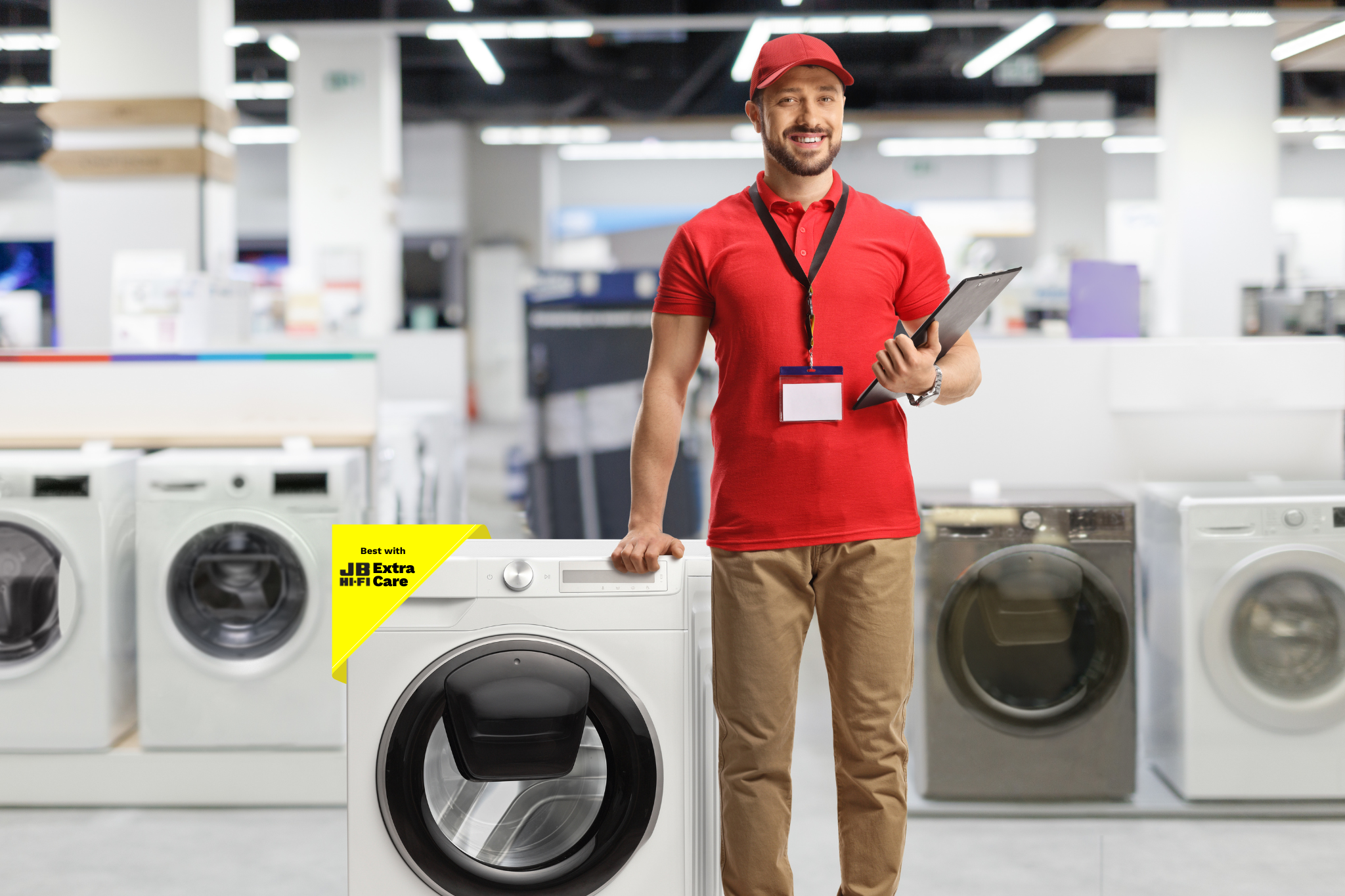
Extended warranties are completely worthless, here’s why
Last updated on March 22nd, 2022
Many customers part with money unnecessarily by buying an extended warranty, when they already have this warranty by law. Its time for a fair go from retailers.
It's possible to get repairs outside the manufacturer’s warranty period for items ranging from electrical appliances like TVs, games consoles to washing machines and refrigerators.
It's estimated two in five people opt for an extended warranty, which can add up to 24 per cent to the final purchase price. However, what most don't know is the warranty is already implied in the price paid for the goods.
The law gives you a warranty, free of charge
Aussie consumer law says that items must be of acceptable quality and last a reasonable length of time for the price paid. If they don’t last the distance, you can have the item, refunded, repaired or replaced.
The law also states that you can approach either (or both) the manufacturer and retailer for a refund, repair or replacement on your item. So, if you don't get a good outcome from one, try the other.
Many customers aren’t informed about the laws that protect them from faulty goods, so an extended warranty can seem worth the money. And it's important to remember that sales of extended warranties can offer retailers a substantial boost to profits, so there’s a huge incentive to sell them.
Avoid getting stung, here are our top tips:
Here are some vital tips to help you decide, next time, whether the extended warranty being offered is good value.
Who do you deal with when things go wrong?
-
- Ascertain whether you'll be dealing directly with the retailer or with a third party, if you make a claim. Ensure you're comfortable with the claim process. This process should be outlined in the policy document.
- Check multiple replacements for the entire length of the policy are included. Some policies only allow one replacement and then you are no longer covered.
- Confirm there is no cap to the value of repairs that are covered by the extended warranty. Some policies limit the cover they offer for repairs.
- If purchasing a low-value item, ensure the policy delivers your preference in replacement options. Often low-value items are automatically replaced without attempting a repair. Some policies for low-value items will not replace your item with an exact replica - instead, you may receive a similar item or a gift card to the value of your original purchase.
- Confirm you're able to transfer the warranty upon sale of the item. If so, the policy document should tell you what do you need to do. Be aware that some extended warranties aren't transferrable.
- Read the policy document! And ask questions if you are unclear on anything; the policy should list a contact for you to direct your questions to. Don't rely on the word of the salesperson as they are unlikely to be the person who handles your extended warranty claim.
- Ensure the policy incorporates a "cooling off period" in case you change your mind. Most cooling-off periods will be for 7 to 14 days.
- Before purchasing an extended warranty on the spot, ask the retailer if you purchase at a later date. Some policies allow up to 30 days after the item is purchased to also purchase the extended warranty.
- Confirm if your credit card provides extended warranties for purchases.
- And finally, if purchasing an extended warranty, negotiate a better deal on the price.
If you have a concern with a product you purchased, you can lodge a complaint with us and we’ll make sure you follow the correct process.
We’re here to help you handle it, just let us know the details of your complaint here.






